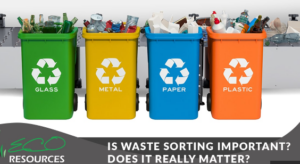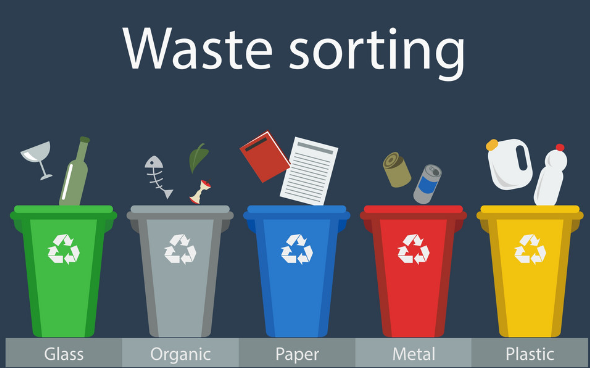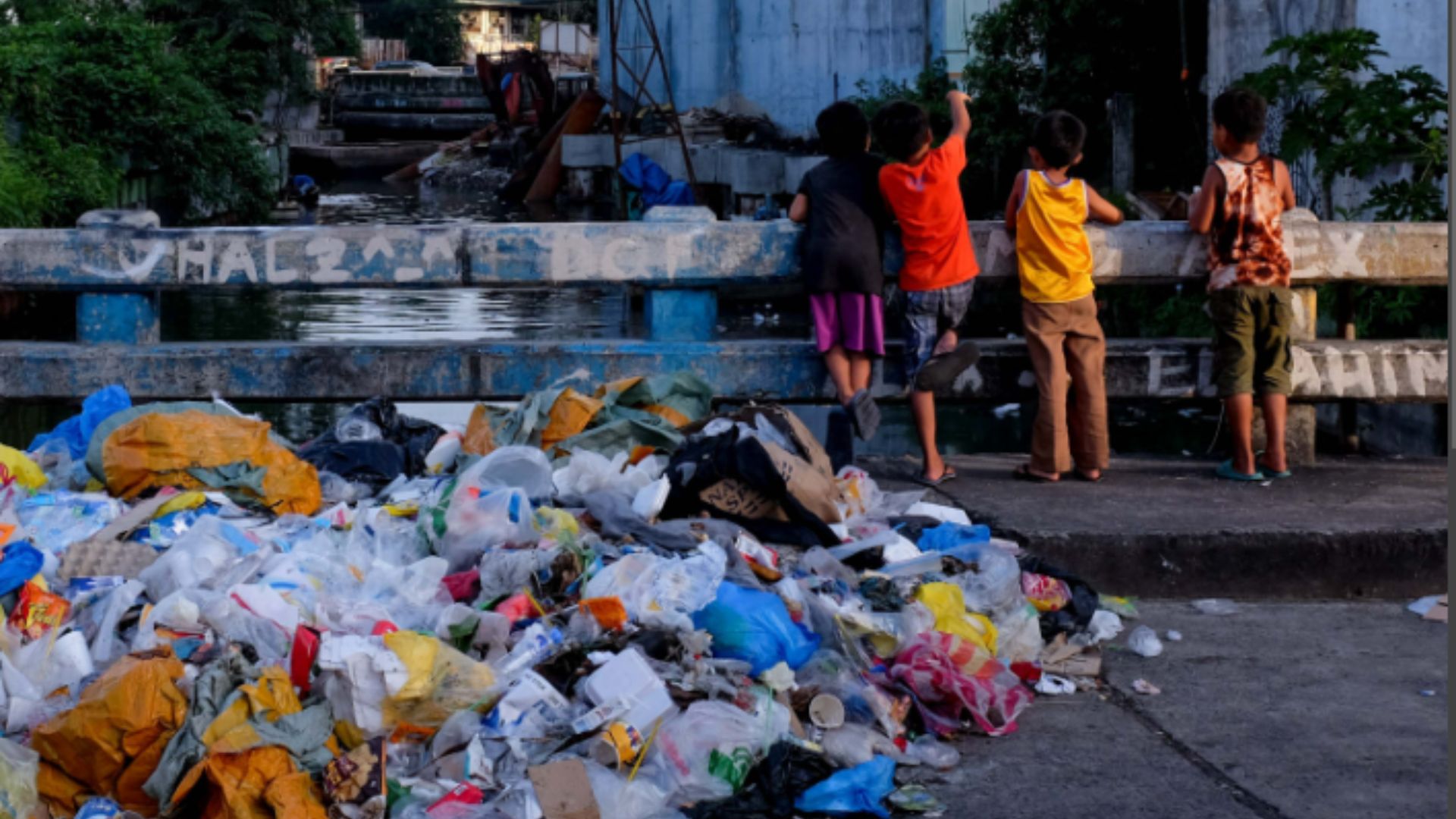Garbage collection is an essential component of urban infrastructure. Hence, it is responsible for efficiently managing and disposing of waste generated by millions of people every day. Sorting, a pivotal step in this process, plays a crucial role in enhancing the effectiveness of waste management systems. In this article, we will explore what sorting in garbage collection entails. As well as how it contributes to more sustainable and eco-friendly waste disposal practices.
Understanding Sorting in Garbage Collection
Sorting in garbage collection refers to the process of categorizing and separating different types of waste materials into distinct groups based on their composition, characteristics, and recyclability. This step is typically performed by trained workers or automated machinery at various stages of waste collection, including at the source, during transportation, and at recycling facilities.
The Importance of Source Sorting
Source sorting, where individuals separate their waste into designated bins or containers, is the initial and most critical phase of the sorting process. This practice involves segregating waste into categories such as recyclables, organic matter, hazardous waste, and general non-recyclable waste. By doing so, source sorting reduces the need for extensive sorting efforts at later stages. Hence, making the entire waste management system more efficient.
The Role of Transportation Sorting
After waste collection from various sources, sorting facilities transport and continue categorizing waste. They employ automated conveyor belts, sorting machines, and manual labor for further separation of recyclable and non-recyclable materials. Transportation sorting streamlines the process, directing recyclables to recycling plants, organic waste to composting facilities, and hazardous waste to specialized disposal units.

Recycling and Recovery
Sorting in garbage collection directly supports recycling and resource recovery initiatives. Recyclable materials that are sorted at various stages can be sent to recycling facilities, where they are processed and transformed into new products. This not only conserves natural resources but also reduces the energy and environmental costs associated with producing items from raw materials. Moreover, sorting enables the recovery of valuable materials from waste streams. hemical fertilizers.
Environmental Benefits
Efficient sorting in garbage collection offers several environmental benefits. By diverting recyclable materials from landfills, it reduces the volume of waste that ends up in these disposal sites, thereby extending their lifespan. This, in turn, lessens the environmental impact of landfills, which can release harmful greenhouse gases and leach pollutants into the soil and water.
Additionally, sorting hazardous waste materials ensures their safe and controlled disposal, preventing contamination of the environment. Proper disposal of hazardous waste minimizes the risk of soil and groundwater pollution, protecting ecosystems and public health.
Economic Advantages
Sorting in garbage collection also carries economic advantages. Recycling and resource recovery generate revenue through the sale of recyclable materials and recovered resources. This income can offset the costs of waste management and even lead to cost savings for municipalities and waste management companies.
Furthermore, sorting creates jobs in the recycling and waste management sectors. It requires a skilled workforce to operate sorting facilities and maintain the machinery used in the process. These jobs contribute to local economies and promote employment opportunities.
Enhancing Waste Management Efficiency
Efficient sorting streamlines the overall waste management process. It reduces the need for manual labor and minimizes the time and effort required to separate materials. This not only increases the efficiency of waste collection and transportation but also reduces operational costs for waste management authorities.
Conclusion
In conclusion, sorting in garbage collection is a fundamental aspect of modern waste management systems. It empowers individuals to participate in recycling and responsible waste disposal at the source, contributes to environmental conservation, generates economic benefits, and enhances overall efficiency. As we move toward more sustainable practices, the role of sorting in garbage collection will continue to be pivotal in reducing waste, conserving resources, and protecting our planet for future generations. Sorting is not merely a step in waste management; it is a crucial bridge to a greener and cleaner future.



